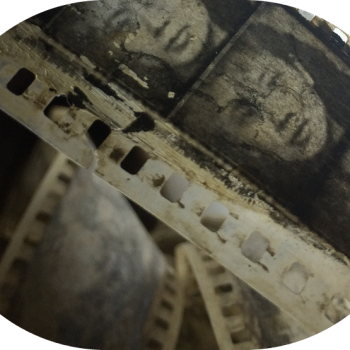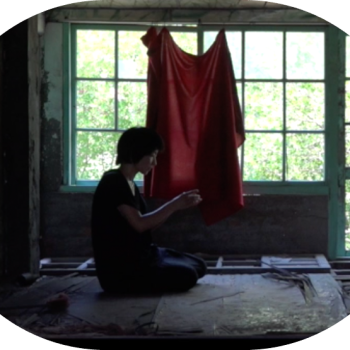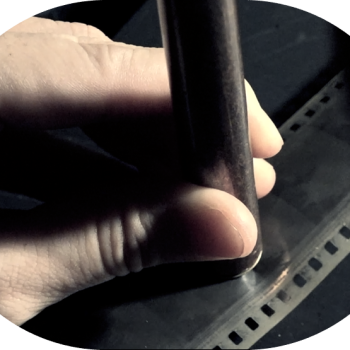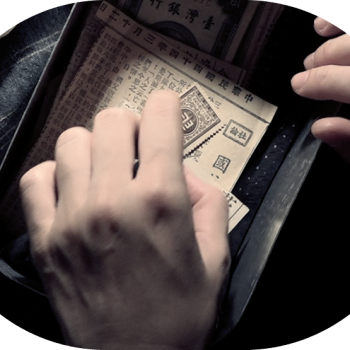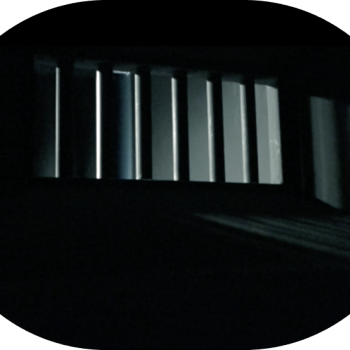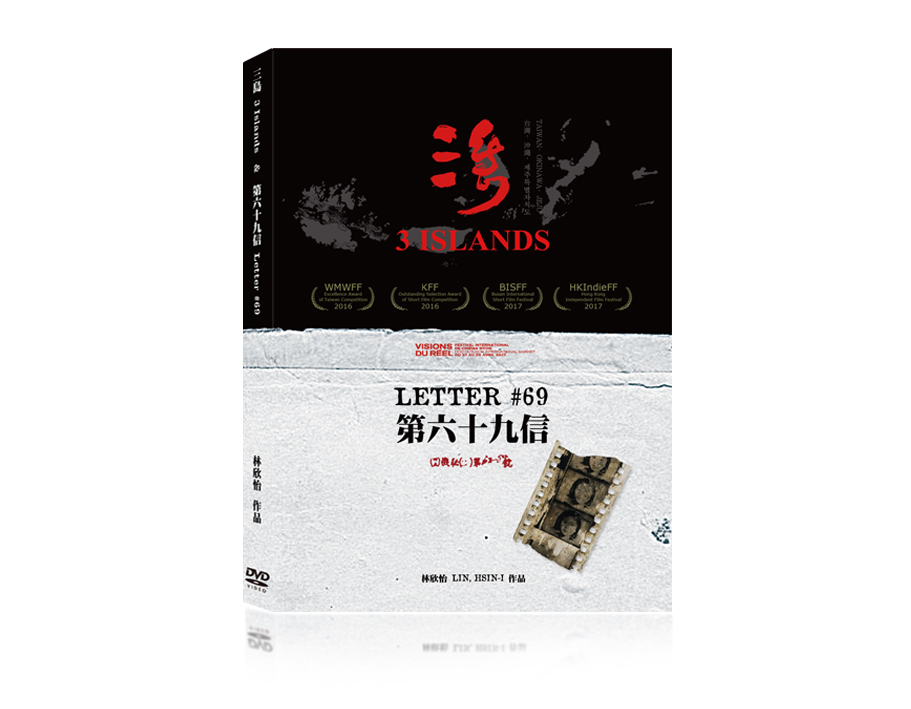底片
Found-footage film
reproduction
《第六十九信》影片中的「底片影像」,為從台灣廢棄老戲院所揀拾得的舊底片,清洗過後將施水環書信文字轉印於舊底片上,逐格拍攝轉檔所完成的動態影像。透過舊膠片的再生產,回應施水環與其胞弟施至成那一段無人知曉、藏匿於天花板最後逃亡的闇黑歷史,亦回應國家暴力歷史的無法清算與難以回望。
The “photographic film image” in the video, Letter #69, is an old photographic film from an abandoned old Taiwanese theater. After cleaning the film, Shi Shui-Huan’s letters were printed on it to construct a stop motion. The reproduction of old film serves as a response to the esoteric, dark history of Shi Shui-Huan and her brother Shi Zhi-Cheng in their last escape where they hid in the ceiling. It is also a response to the historical violence of Taiwan that cannot be cleared and is difficult to look back at.
